It’s AA DRIVEN New Zealand Car of the Year time again!
We’ll be awarding wins in 10 different categories, acknowledging the overwhelming preference for all things SUV but also with a focus on eco-cars and technology: there are Small SUV, Medium SUV, Large SUV, Passenger, LCV, Clean Car HEV/PHEV/BEV, Sports and Performance, Luxury and Safety categories, not to mention the outright AA DRIVEN NZ COTY – which will of course be one of the top cars from those categories.
The focus is on cars launched in the last 12 months, but in fact, we have considered all cars on sale as long as they have a five-star crash rating. Because if you can buy it new, we reckon it should be in contention.
We’re kicking off this week by announcing the finalists in the three SUV categories: Small, Medium, and Large. You can also see the final list for our People's Choice award, which has been expanded for 2022 and brings with it a big $5k prize. So be sure to have your say and be in to win.
There’s even more to come over the next few weeks, of course. But for now, let’s take a look at the top SUVs of the year.
The best Small and Medium SUVs of the year
Small SUV
Small SUVs are still a really big deal in NZ, accounting for one in five new-vehicle sales and providing Kiwi buyers with a near-ideal blend of high style and city-friendly dimensions.
It’s a varied bunch too this year, as evidenced by our finalists (presented in alphabetical order), which are all available with a choice of internal combustion and electrified power. Across the three, ICE, HEV, PHEV and BEV options are all represented.
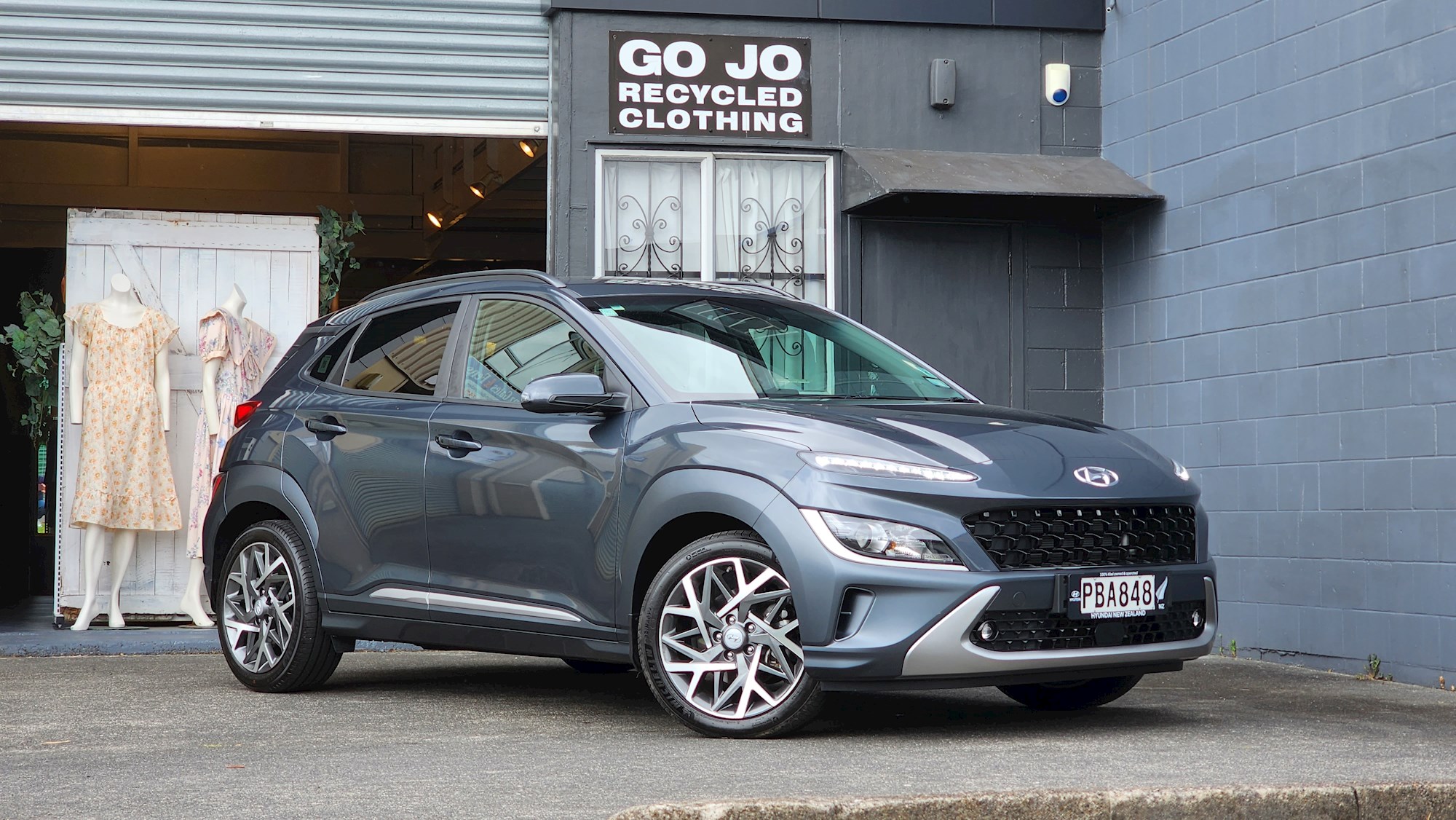
The Hyundai Kona is now its updated “Series II” guise. It’s a familiar sight on Kiwi roads (it’s been with us since 2017) but still one of the more striking-looking cars in this segment. It started out with petrol power, but became an early adopter of pure-electric power in 2018 and this year has also branched out as a hybrid electric vehicle (HEV).
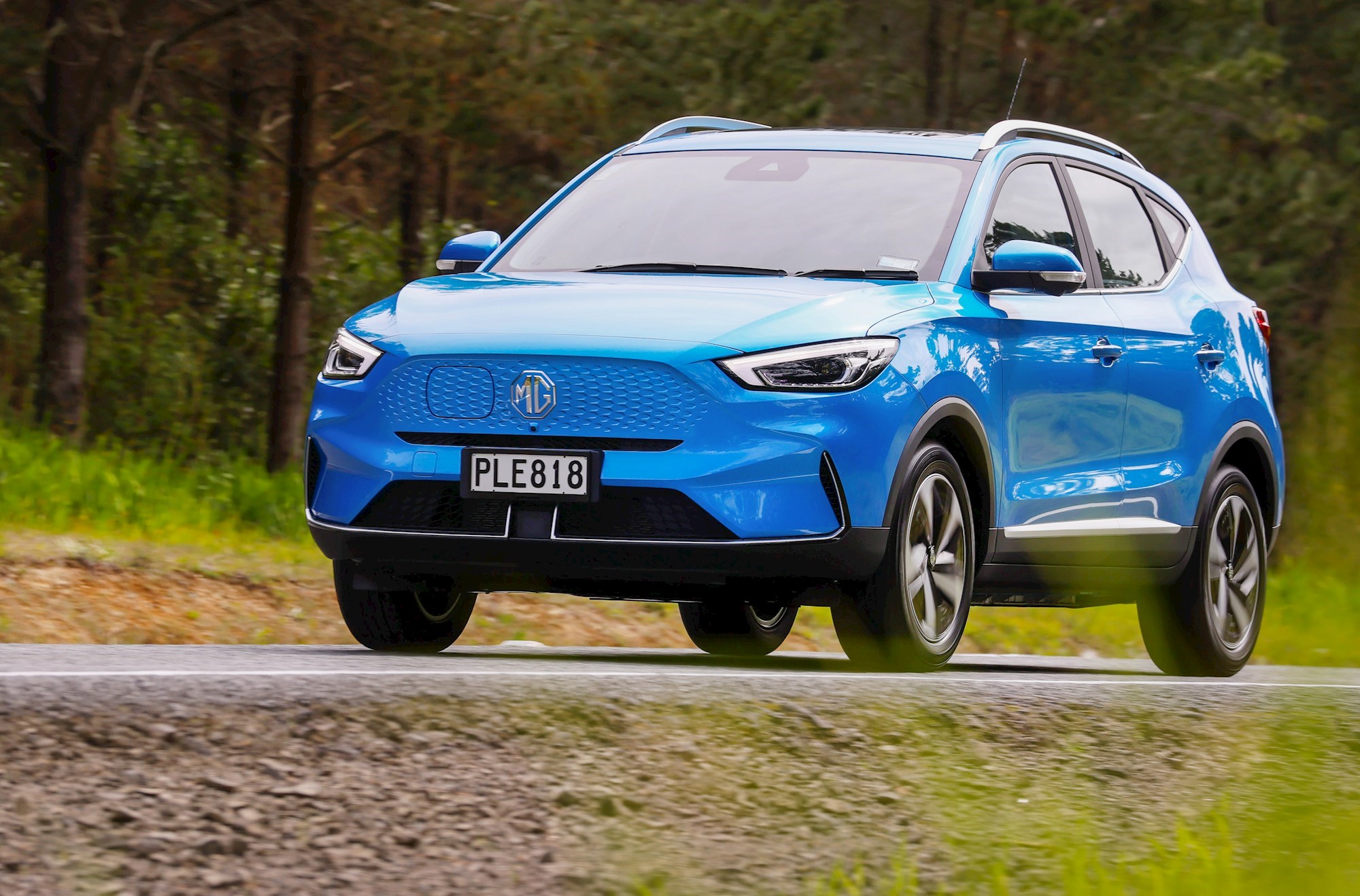
The MG ZS has made a huge impact in the NZ market in recent times – and has evolved with three different faces for Kiwi buyers. There’s the entry-level ZS, with a 1.5-litre petrol engine, the higher-specification ZST which has different frontal styling, and of course the ZS EV, a pure-electric model (which looks different again thanks to this year’s model update) which has introduced a huge number of Kiwis to BEV technology.
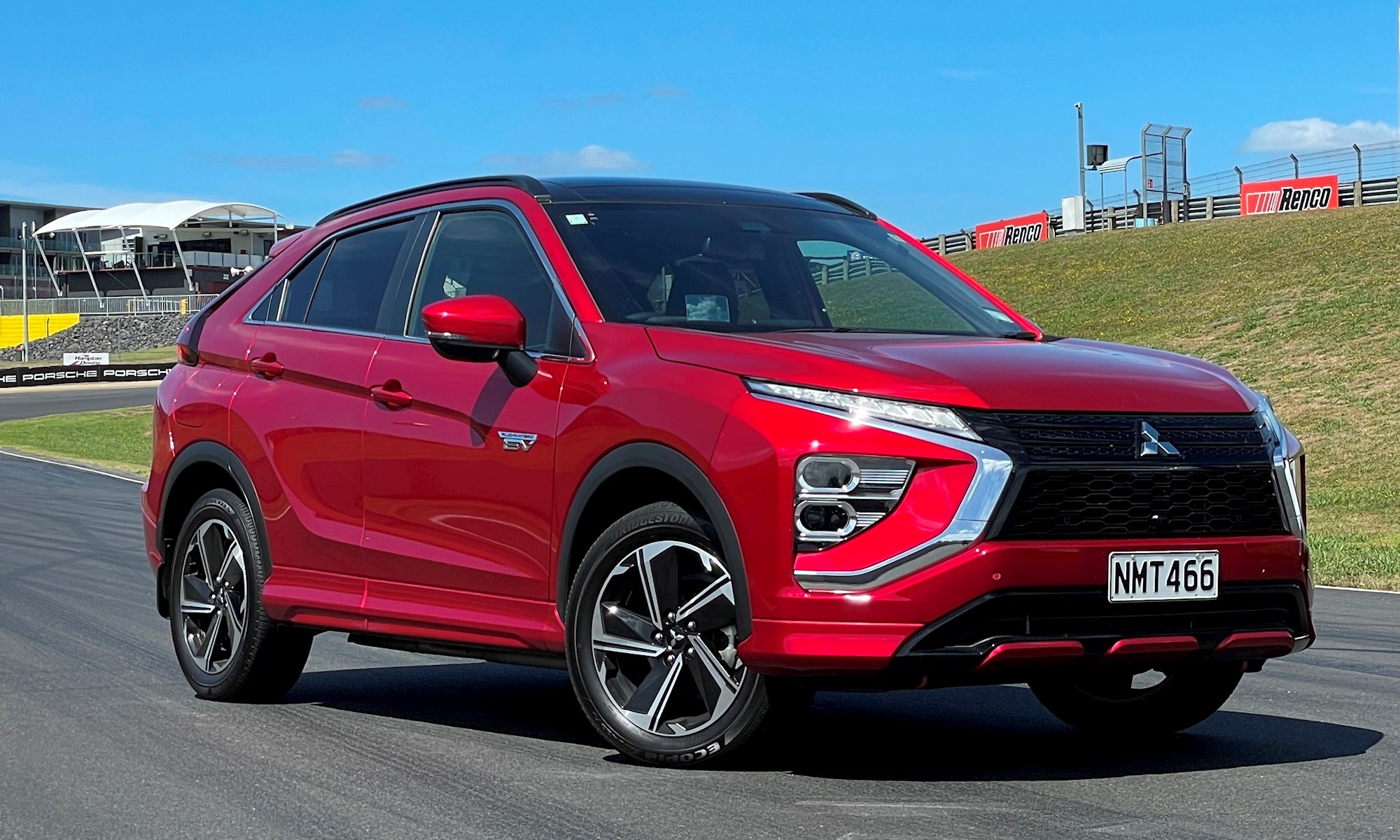
The Mitsubishi Eclipse Cross is another ever-popular compact SUV that offers a huge range of tech-choice. The petrol models are available in 2WD or with Mitsubishi’s sophisticated Super All Wheel Control AWD technology. But the Eclipse Cross has now also expanded into plug-in hybrid electric vehicle (PHEV) territory, also in AWD format with dual electric motors.
Medium SUV
Medium SUVs are still the single most popular type of new vehicle in NZ, accounting for 23 per cent of sales year-to-date. It’s another segment where new technology is making serious inroads.
BYD is a new brand for NZ (although well-established in China, where it’s a leading EV producer) and the Atto 3 has made a huge impact since its launch in September. It’s a BEV that offers price parity with petrol/diesel SUVs, and a choice of two battery sizes that allows buyer to choose a range according to budget/needs.
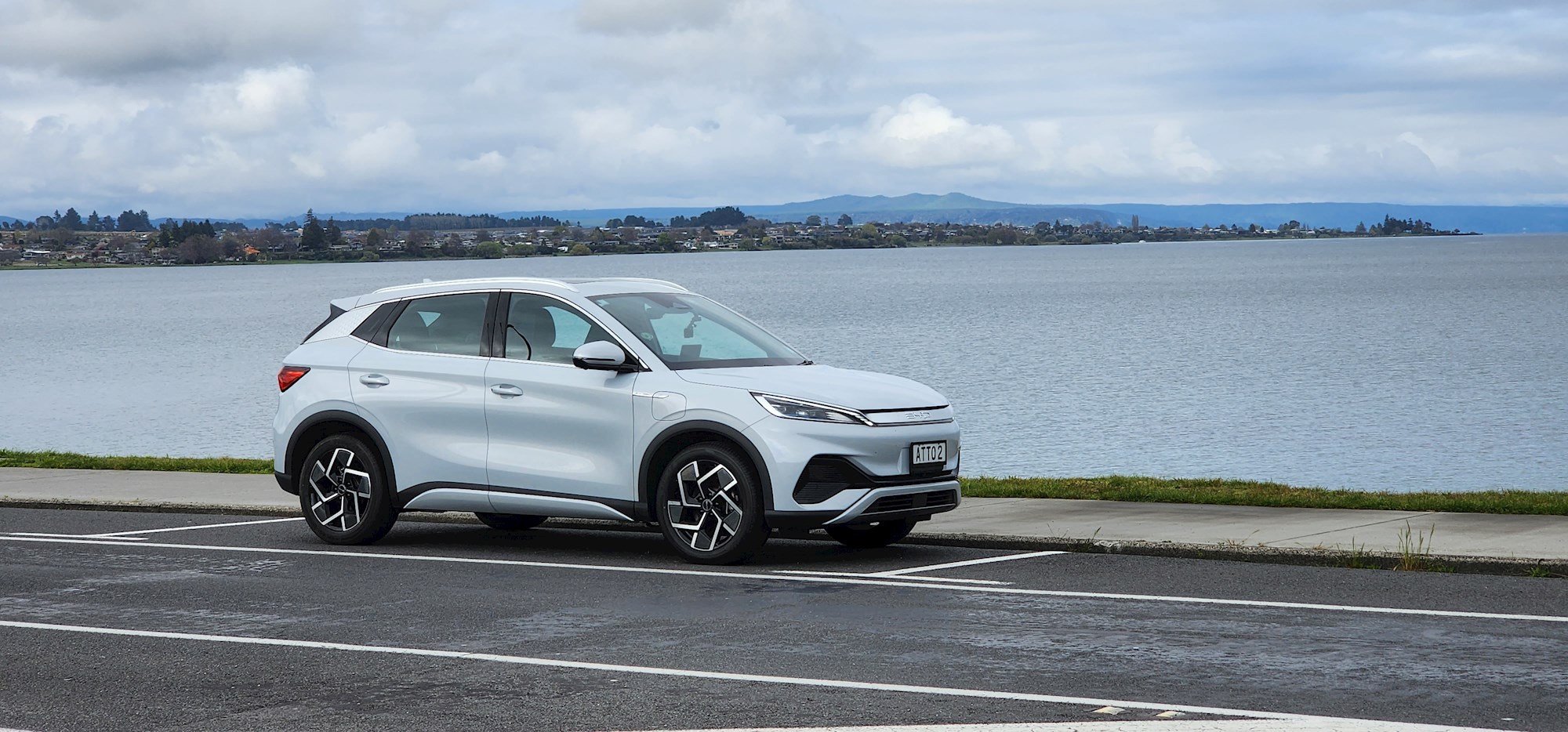
The Kia Sportage is a more outwardly traditional kind of family SUV – but it’s another that really impresses for high style, practical packaging – and fit-for-purpose powertrain technology. There are both petrol and diesel options, 2WD and AWD – and the active safety technology fitted to some of the higher-end models is truly remarkable, including the Blind-spot View Monitor (BVM) that appears as a high-res video feed in the digital instrument panel.
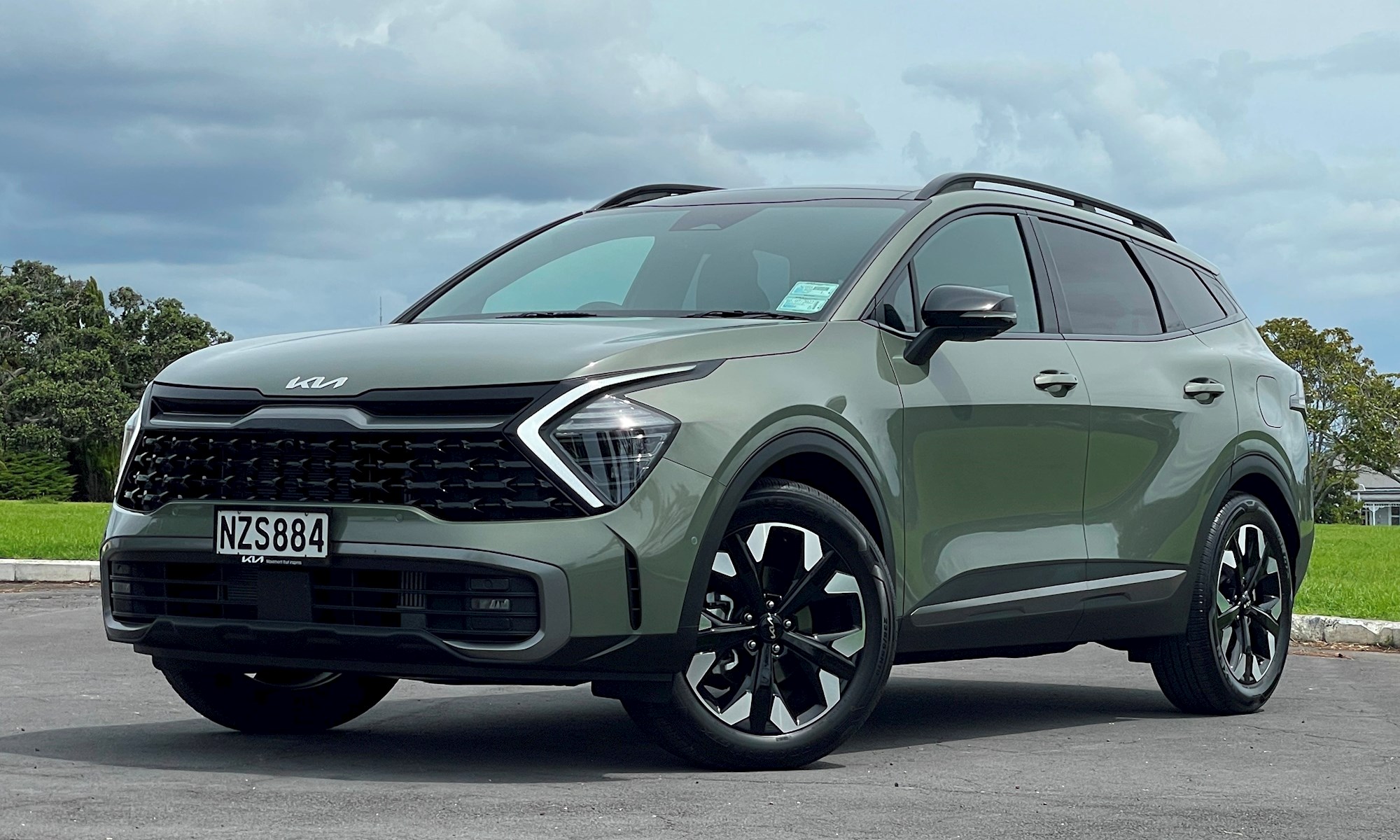
What’s arguably the most eagerly awaited Tesla of them all arrived in NZ this year: the Model Y, a very on-point medium-SUV interpretation of the successful Model 3 sedan. The entry RWD version hits right at the mainstream (not to mention the maximum Clean Car Discount from the Government), but in true Tesla fashion there’s also a super-fast version with AWD.
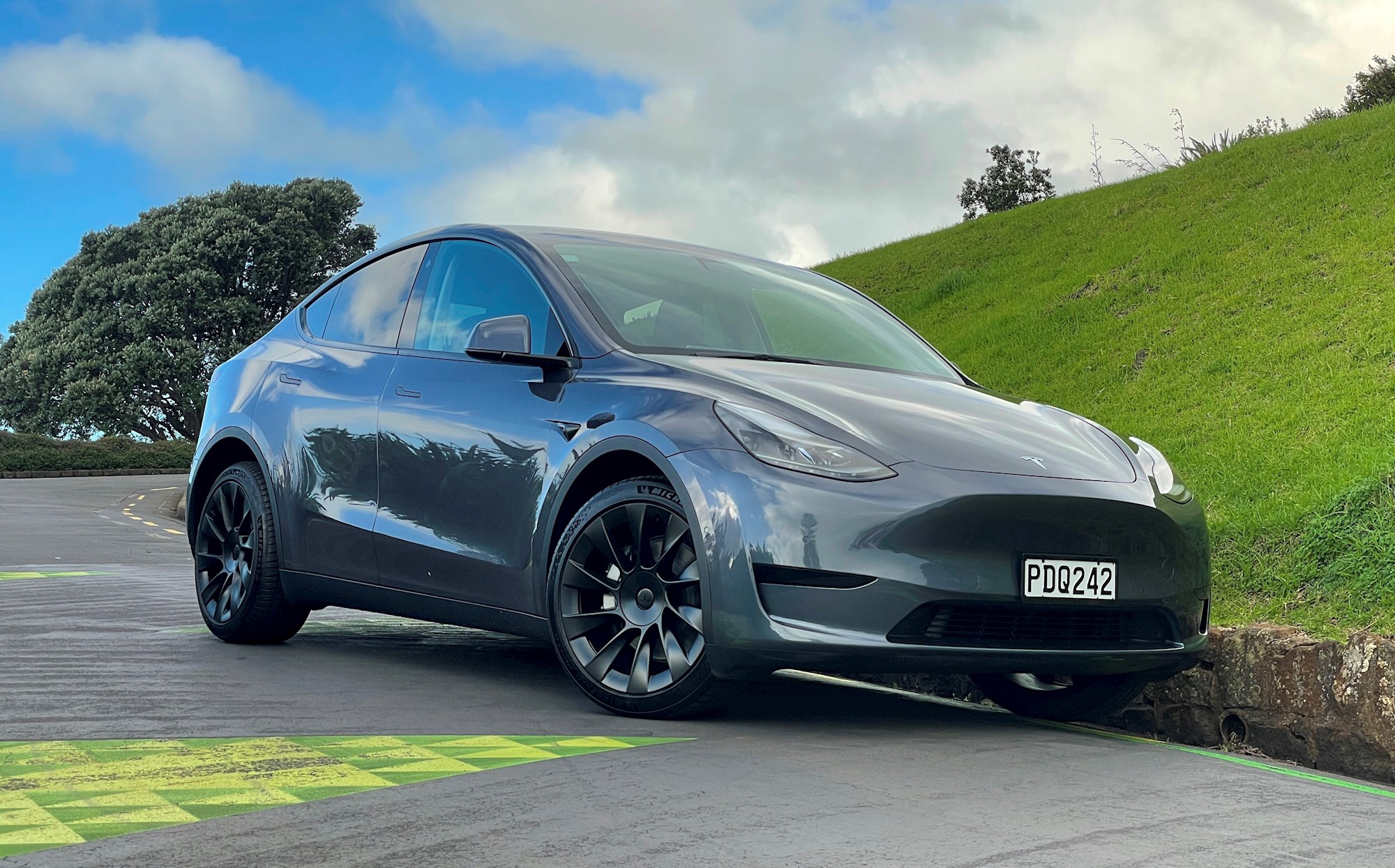
The best Large SUVs of the year
Meet the finalists in our SUV Large category
Our AA DRIVEN Car of the Year kickoff continues with the three finalists in the Large SUV category. While they don’t match Small or Medium in terms of sales volume, full-sized SUVs are a key element in the Kiwi SUV lifestyle – not least because most offer seven seats, with the ability to mix and match that third-row seating with luggage space as required.
Large SUV
The Kia Sorento is back! The Korean SUV actually won this category in 2021 and due to the unique way we evaluate our categories – with every new vehicle on sale eligible, rather than just those launched in the previous year – there’s always the option for an old favourite to make its mark all over again.
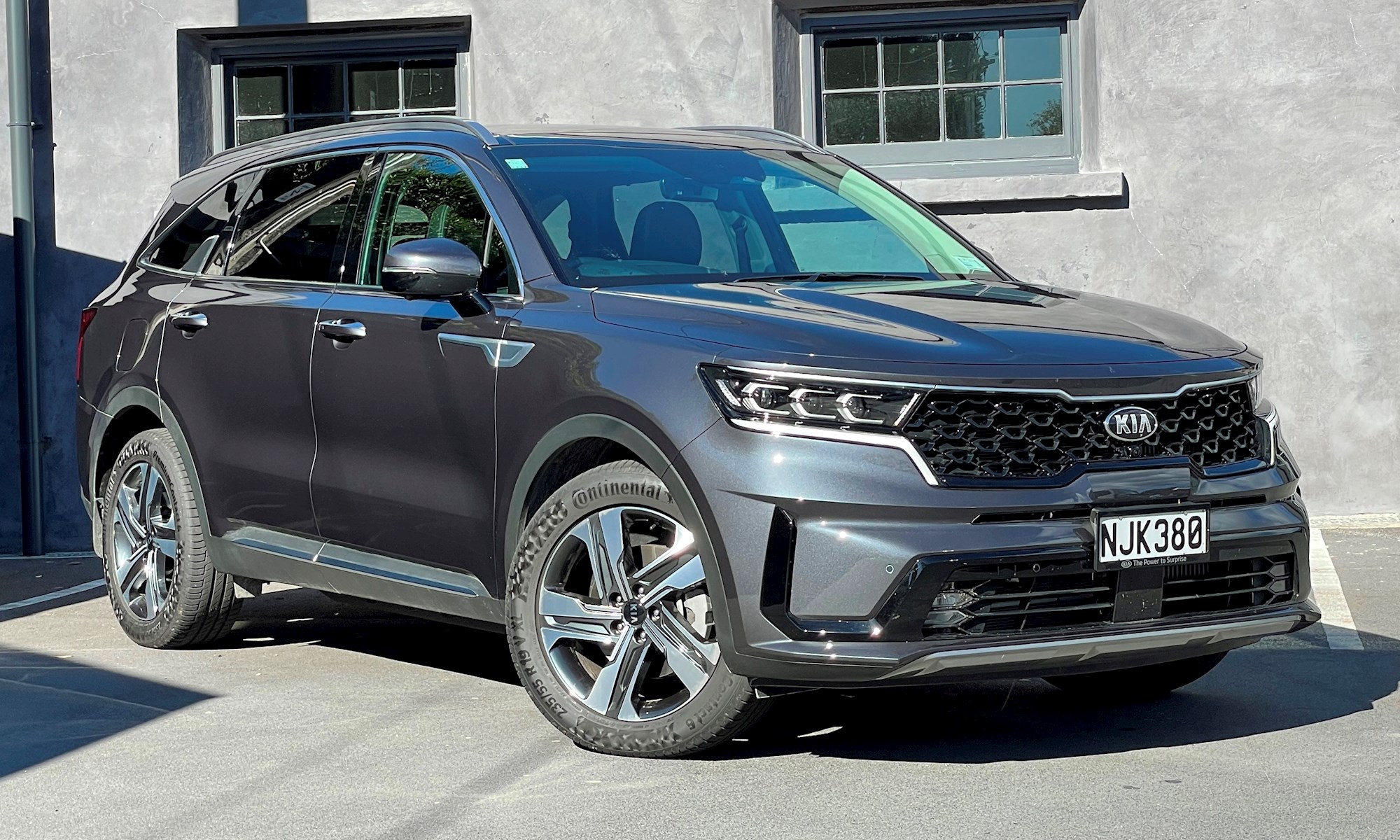
That’s the case with the Sorento, which offers a combination of generous space, some cutting-edge active safety equipment in the higher-specification models and a comprehensive range of powertrain options. You can have the Sorento in 2WD or AWD, “pure” petrol or diesel, petrol-electric hybrid or plug-in hybrid electric vehicle (PHEV) forms; the latter with a zero-emissions range of 57km.
When we declared Sorento the winner in 2021 we loved the way high technology was integrated seamlessly into the driving experience, including the Blind-spot View Monitor (BVM) in the main instrument panel (as per the smaller Sportage) and even the Remote Start Parking Assist (RSPA), which allows you to park and retrieve the vehicle from a narrow space while standing outside it. Such features can seem like gimmicks, but they prove genuinely useful in day-to-driving. Last year we said “the quality and equipment levels in the Sorento could make you think twice about buying a premium European SUV”. That’s still true.
The all-new Mitsubishi Outlander is another large SUV that has made massive gains in quality and technology. The model has always been available in 2WD and AWD, with petrol or PHEV powertrains, but the choice and customer offering has really ramped up with this new model.
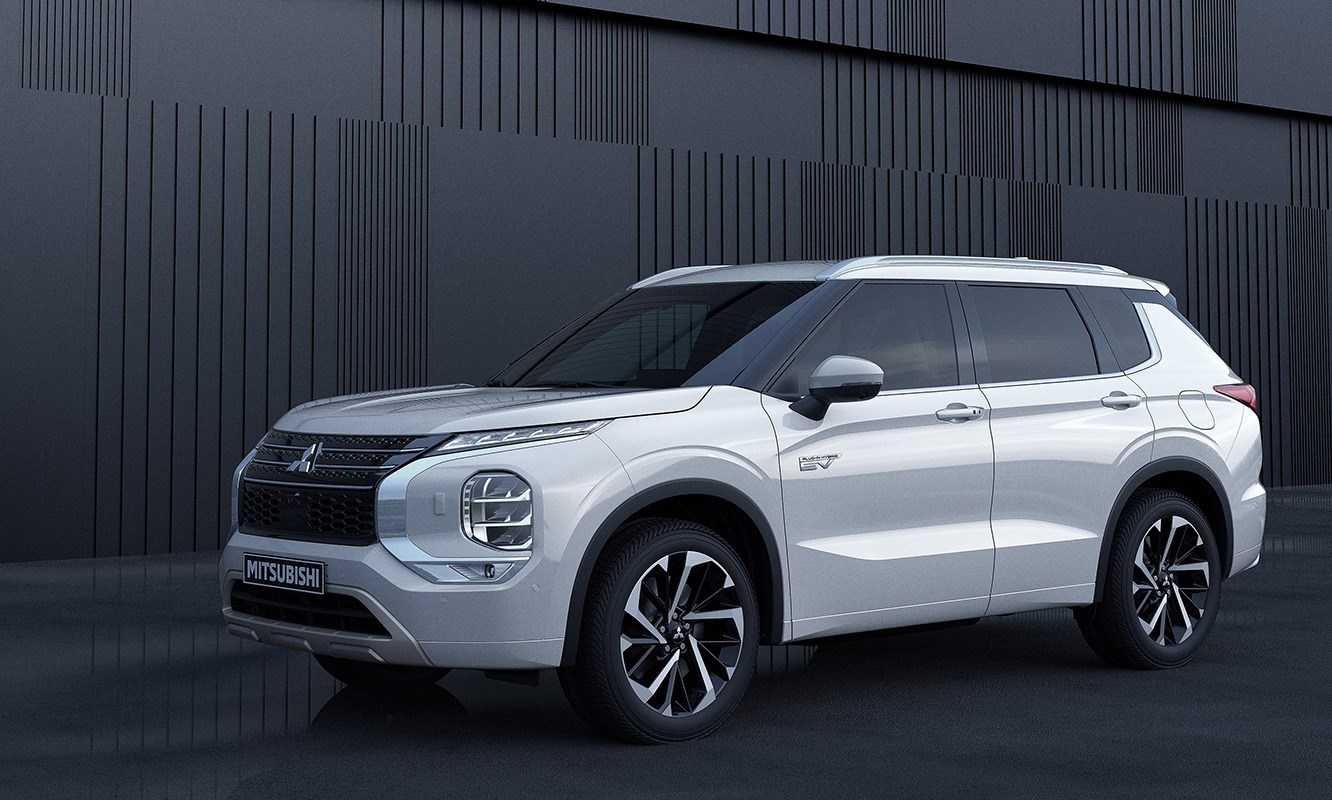
An increase in overall size means where Outlander previously straddled the medium/large categories, the new model is a proper full-size family-SUV contender. The value-led petrol versions continue, but the appeal of the PHEV especially has increased exponentially.
For a start, the larger battery now gives a truly impressive 84km of electric-only range and can still be charged using both AC and DC power – the latter allowing you to really maximize that EV running when public fast-charge stations are available.
The PHEV still employs Mitsubishi’s excellent Super All-Wheel Control (S-AWC) AWD system, utilising dual electric motors.
The Outlander PHEV is now also available with third-row seating, something previously restricted to the conventional petrol/diesel versions. So it’s truly now an eco-SUV for Kiwi family life.
Another 2021 favourite making a return for this year is the Toyota Highlander. It’s always been an accomplished all-rounder, but with the latest model’s move to petrol-electric hybrid power it’s become especially relevant to NZ’s Clean Car market.
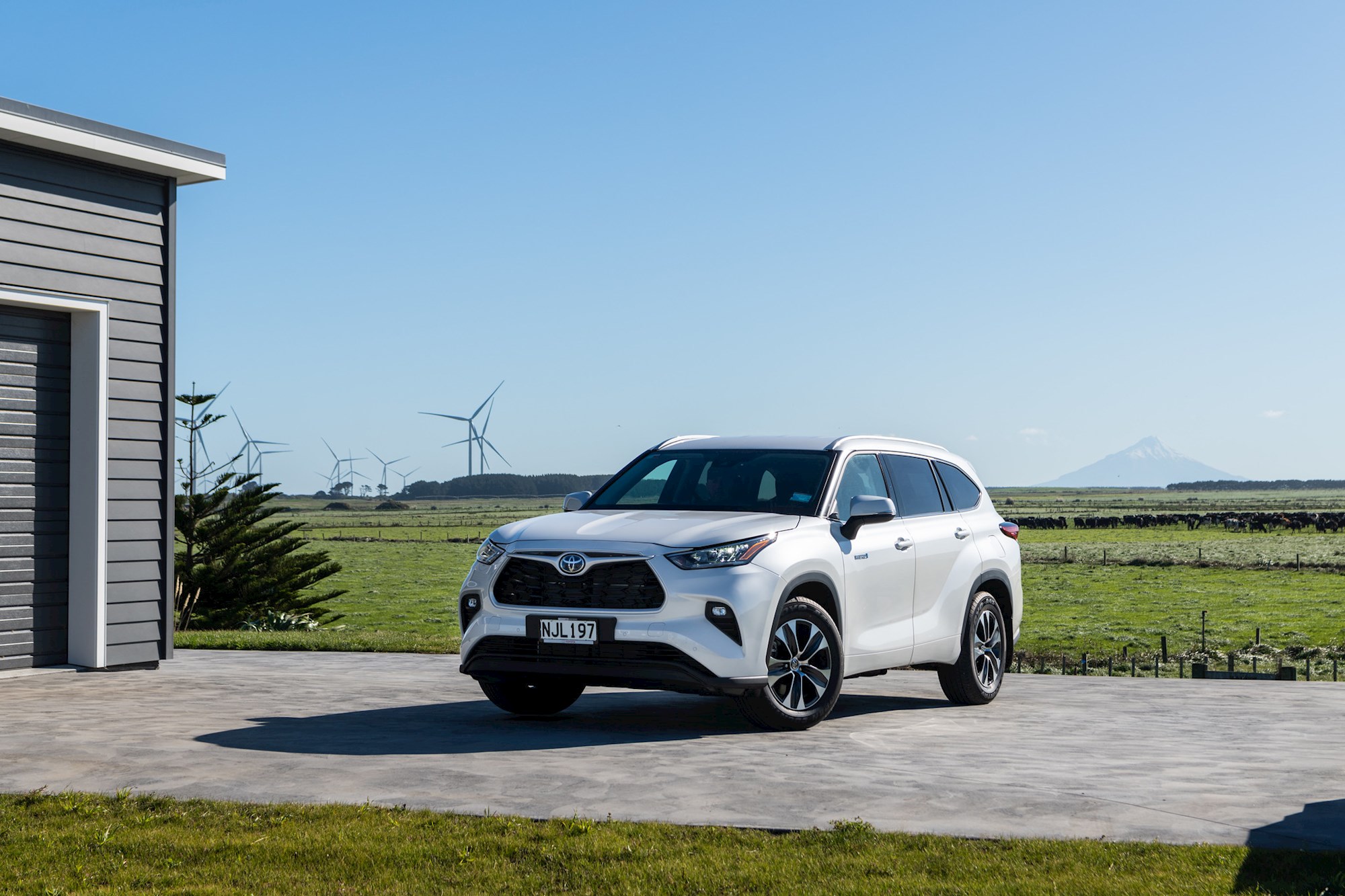
Derived from the RAV4’s hybrid powertrain but with more power, the Highlander features E-Four AWD – which employs a separate rear electric motor in combination with the hybrid system at the front.
In fact, the hybrid has proven so dominant, Toyota NZ no longer offers the petrol V6. But it still offers a wide range of specification levels in the Highlander hybrid, from GXL to Limited to the SUV-with-everything Limited ZR.











